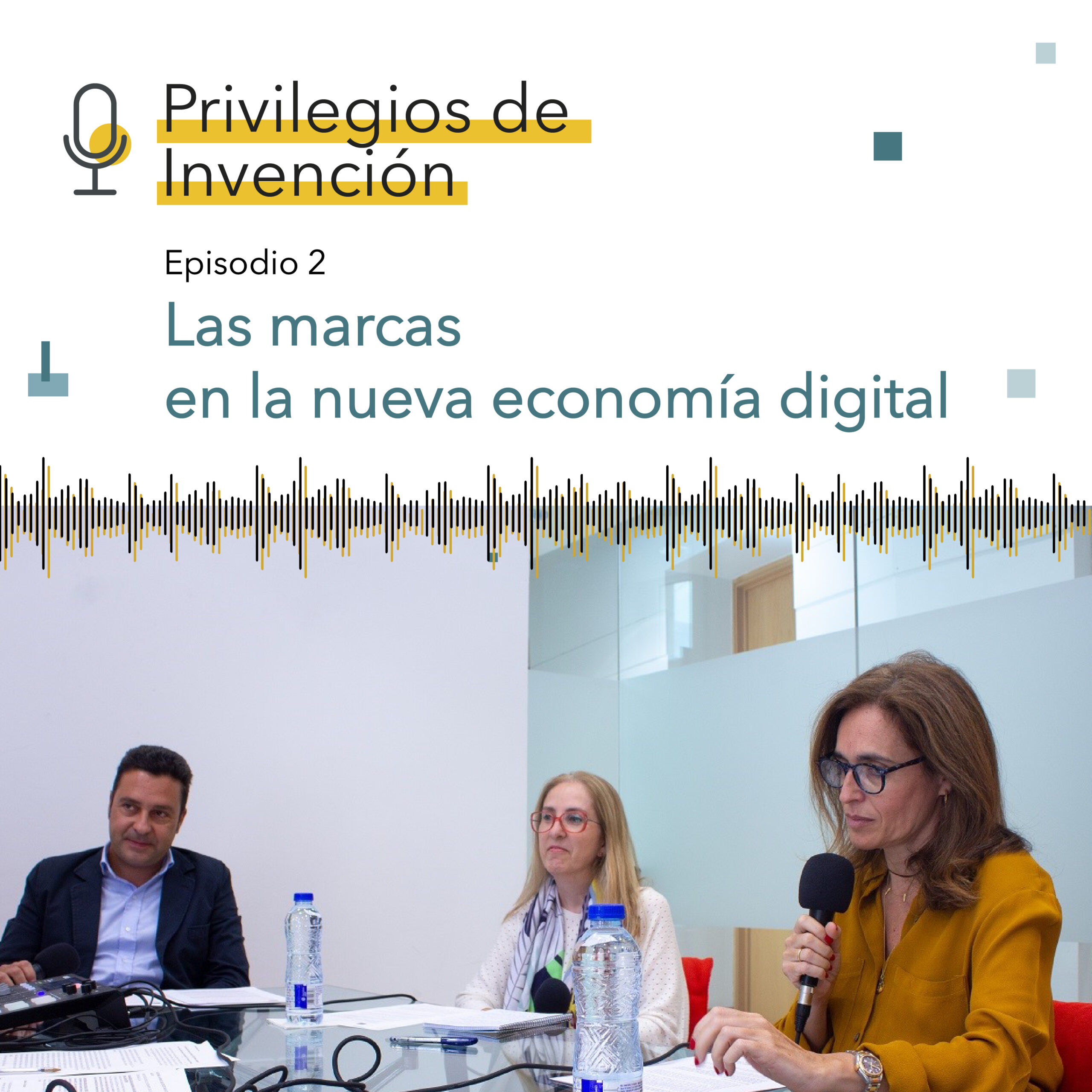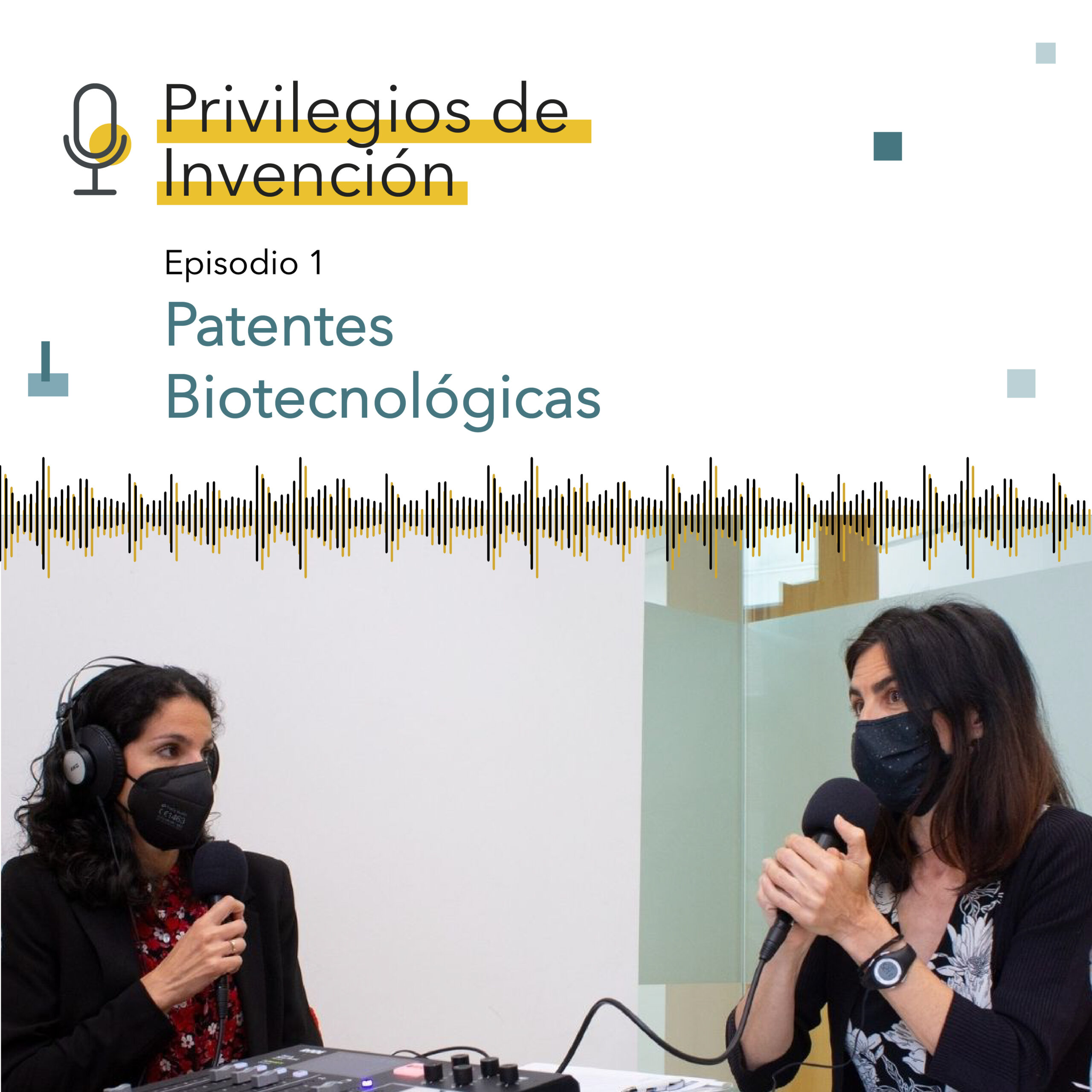Bored of traditional trademarks? As consumers, we are becoming increasingly sophisticated in our purchasing decisions and we demand increasingly more added value from trademarks. The development of new technologies and modern sales channels have helped to broaden the distinguishing signs typology and, in this unique environment, non-traditional trademarks have burst onto the scene. Some examples of this are color trademarks, sound trademarks, and movement trademarks, which resort to more emotional aspects when it comes to influencing our decisions. We may prefer a particular beer just because it takes us to the heavenly beach of its ad, or we may be moved by a gift, even before opening it, when we recognize the specific trademark on its packaging.
Thus, non-traditional trademarks make it possible to define highly innovative and creative sales strategies, but they also pose new challenges: Not only for the regulatory legislator, but also for applicants who inevitably require protection when defining new marketing strategies associated with these trademarks.
The European legislator, keeping the above-mentioned process in mind, opened the door to non-traditional trademarks in its legislative reform of the European Union trademark, eliminating the need for graphic representation of its definition of trademarks. Thus, any sign, such as words, personal names, or designs, letters, numerals, colors, the shape of goods or of the packaging of goods, or sounds, may constitute a EU trademark provided that such signs make it possible to distinguish the goods or services of one undertaking from those of other undertakings and are represented in such a way that the competent authorities and the consumer population are able to determine clearly and precisely the subject matter of the protection afforded to its proprietor.
Types of non-traditional trademarks
In contrast to the usual and always necessary denominative and figurative trademarks, new non-traditional trademarks are strongly emerging which, following the Sieckman ruling, can be represented in any appropriate form using the available technology and provided that they can be reproduced in the register in a clear, independent, easily accessible, intelligible, long-lasting, and objective manner. We differentiate among these new types of trademarks:
- Shape trademarks consisting of three-dimensional shapes, containers, packaging, on the product itself or its appearance.
- Position trademarks that protect the specific way in which it is placed or attached to the product.
- Pattern trademarks, those consisting exclusively of a set of elements that are repeated periodically.
- The disputed color trademarks, in which the unusual role of shades in connection with products and services plays an important role.
- Those consisting exclusively of one sound or a combination of sounds.
- Movement trademarks that consist of a movement or a change in position of the trademark elements.
- The audiovisual trademark that combines images and sounds, either as video files or as a series of sequential still images that show movement.
- The holographic trademark made up by elements with these characteristics.
- We should also not forget the graphic representation of the layout of a retail store, highly advisable in the case of franchises, for example.
- Finally, the olfactory, taste, and tactile trademarks not yet accepted for registration in the European Union as, for the time being, the object of protection cannot be clearly and precisely determined with the available technology.
Do you recognize any of your trademarks among the aforementioned? If so, is it protected?
This new trademark typology offers us the possibility of protecting some of the most valuable intangible assets of our main trademark and, ultimately, of our business. Some of them, as we mentioned at the beginning of this post, are the ones that will definitely make us stand out for our customers so that they do not hesitate to choose us over our competitors. How can we not protect something so valuable?




